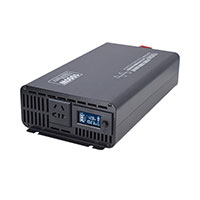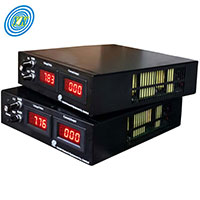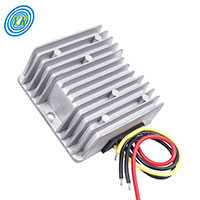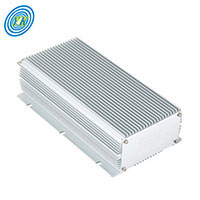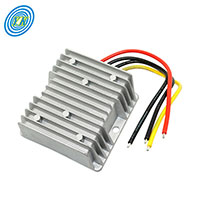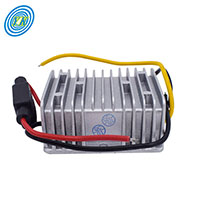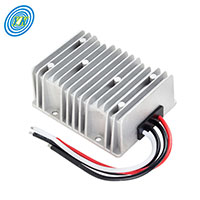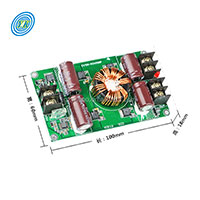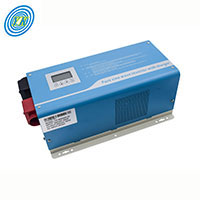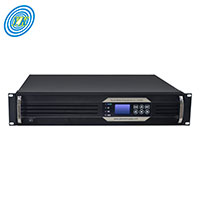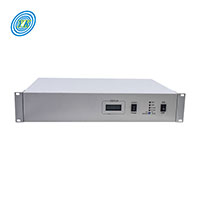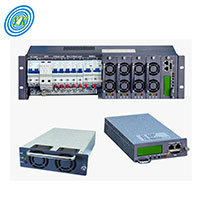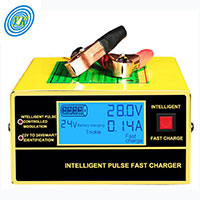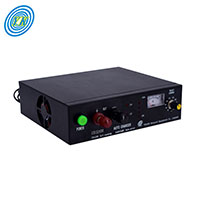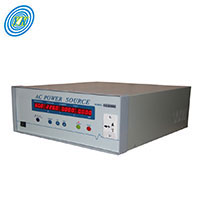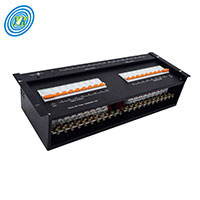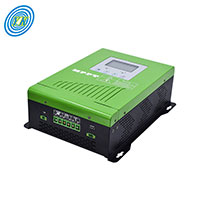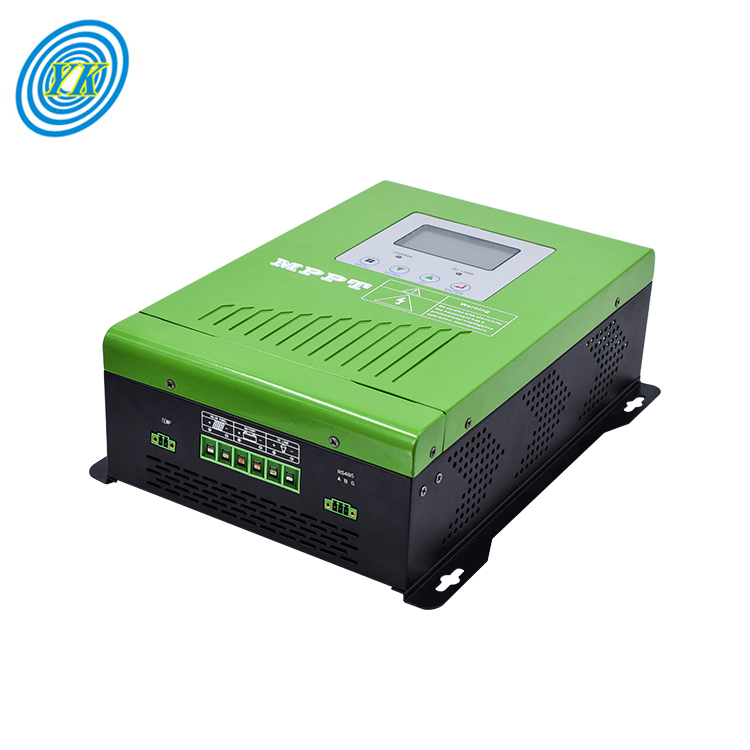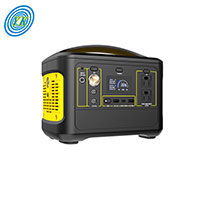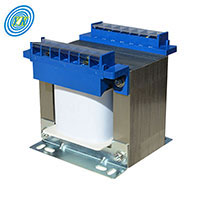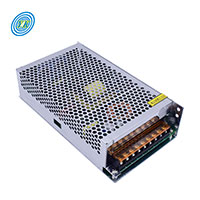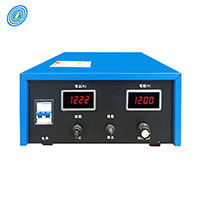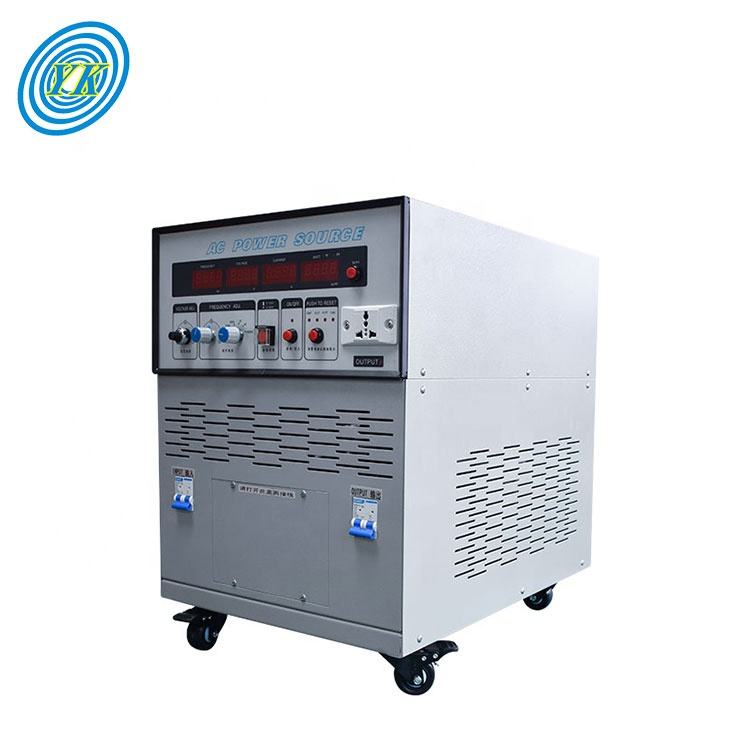
Informations about frequency converter
Click: 1248 Date: 06/15/2023 5::01::59 PM
Frequency converter is a device that converts electrical power from one frequency to another. lt is widely used in various applications such as industrial automation, HVAC (heating, ventilation, and air conditioning), and renewable energy systems. In this article, we will provide an overview of the frequency converter and its basic working principle. Basic Working Principle The basic working principle of the frequency converter is to convert the input electrical power from a fixed frequency to a variable frequency. This is achieved through an electronic circuit that controls the voltage and frequency of the input power. The circuit consists of several power electronics components such as IGBTs (insulated-gate bipolar transistors), diodes, capacitors, and inductors. These components are controlled by a microprocessor that monitors the input power and adjusts the output voltage and frequency accordingly.ApplicationsFrequency converter is used in a wide range of applications such as:1. Industrial Automation - Frequency converters are used to control the speed of electric motors in various industrial processes such as conveyors,pumps compressors, and fans. By controlling the motor speed, the process can be optimized for energy efficiency reduced wear and tear, and improved performance.2. HVAC - Frequency converters are used in HVAC systems to control the speed of air conditioning and ventilation fans. By controlling the fan speed, the system can be optimized for energy efficiency and improved air quality.3. Renewable Energy - Frequency converters play a key role in renewable energy systems such as wind turbines and solar inverters. They are used to convert the variable frequency power generated by these systems into a fixed frequency suitable for the grid.AdvantagesFrequency converters offer several advantages such as:1. Energy Efficiency - By controlling the motor or fan speed, frequency converters can reduce energy consumption and save costs.2. Smooth Operation -Frequency converters provide smooth and precise control of the motor or fan speed, reducing wear and tear and improving performance.3. Cost Savings - Frequency converters can eliminate the need for mechanical speed control devices such as gears and pulleys, saving installation and maintenance costs.In conclusion, frequency converter is an important device used in various applications such as industrial automation, HVAC, and renewable energy systems. It offers several advantages such as energy efficiency, smooth operation, and cost savings. With advancements in power electronics technology frequency converters are becoming more efficient, reliable, and affordable, making them an essential component in modern electrical systems.
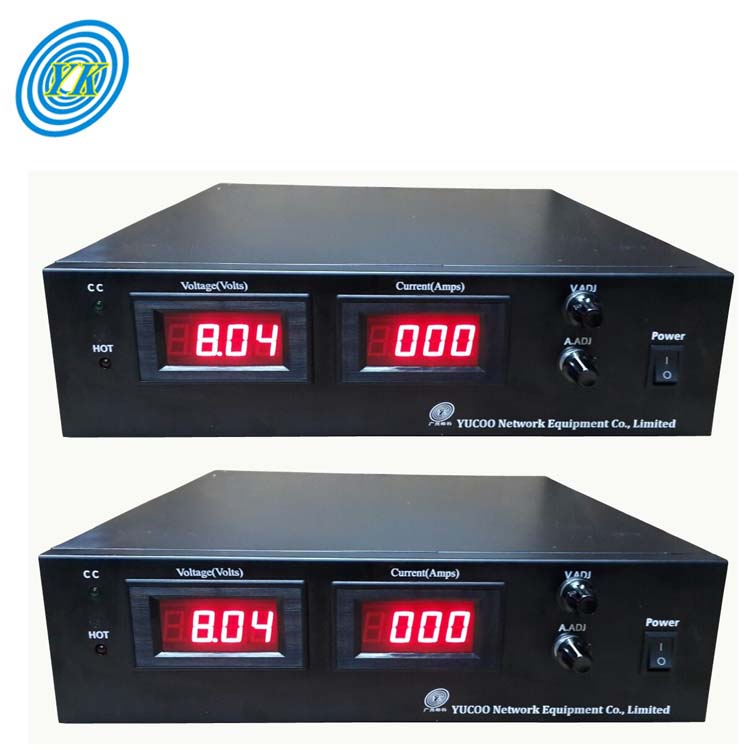
The positive impact of adjustable power supply on people’s lives
Click: 1179 Date: 06/14/2023 4::20::23 PM
Adjustable power supplies have become an essential part of modern life. They have a significant positive impact on the economy, the environment, and people's daily lives. One of the most significant advantages of adjustable power supplies is their efficiency. They minimize energy waste by providing precise control over voltage and current output. This means that electronic devices and appliances can operate more efficiently, reducing the overall power consumption. This has a profound impact on the environment, reducing emissions from power plants and conserving natural resources. Furthermore, adjustable power supplies are essential for the economy. They enable the development of high-tech industries like telecommunications computing, and medical devices. Adjustable power supplies are integralto these industries because they provide stable and precise voltage and current output. This allows the devices to operate efficiently and reliably, increasing productivity and profits. In addition to their economic and environmental benefits,adjustable power supplies help improve people's daily lives. They are used in various medical equipment to power deviceslike electrocardiographs, monitors, and ventilators. These devices require stable and precise voltage and current output to function correctly, which makes adjustable power supplies the ideal choice.In conclusion, adjustable power supplies have a positive impact on the environment, the economy, and people's daily lives. They enable high-tech industries to thrive, reduce power consumption, and improve the reliability of essential medical equipment. With the continued development of adjustable power supplies, we can look forward to a more efficient, sustainable, and prosperous future.
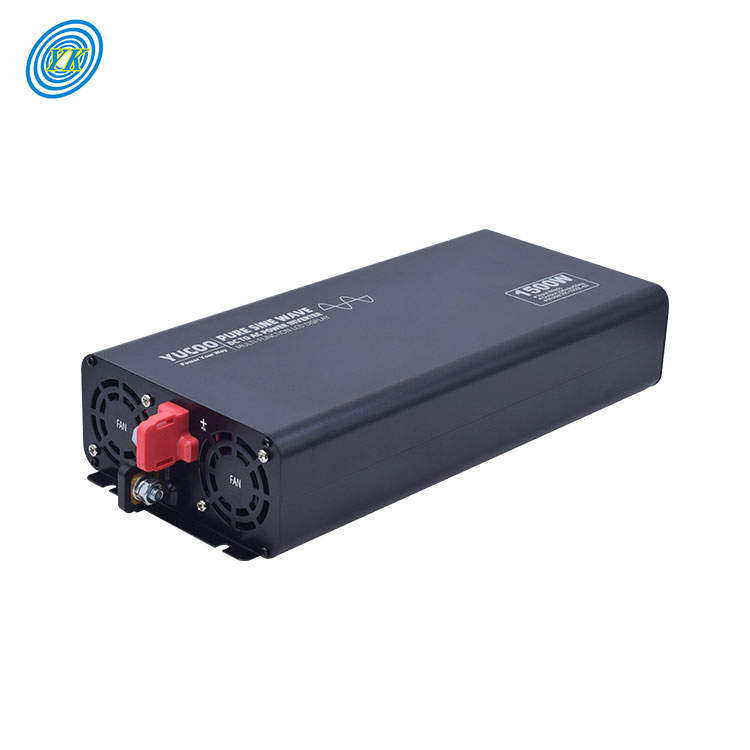
How does the inverter change people’s lives?
Click: 1295 Date: 06/13/2023 4::33::03 PM
Inverters have revolutionized the lives of people across the world, making electricity more accessible and affordable. Inverters are electronic devices that convert direct current (DC) to alternating current (AC). They are used in a wide range of applications,from solar power systems to telecommunications equipment and consumer electronics. The most significant impact of inverters has been in the area of solar power systems. In older solar systems DC generated by the panels was stored in batteries and later converted to AC using a battery-based inverter. This was an inefficient and costly process that required frequent maintenance and battery replacements. However, with the introduction of string inverters and microinverters, solar panels can now be directly connected to the power grid without the need for a battery. Inverters have also made it easier to power homes and businesses in areas with unreliable power supply. By using an inverter, people can switch to backup power during blackouts, allowing them to continue with their activities without interruptions. This has been particularly helpful in hospitals, schools, and other critical facilities where continuous power supply is essential. Moreover, inverters have facilitated the use of renewable energy sources such as wind and solar power. With an inverter the power from these sources can be converted into AC, which can then be used to power homes and businesses. This has helped to reduce reliance on non-renewable energy sources and cut down on carbon emissions, contributing to a greener and more sustainable planet.In addition, inverters have made it easier to use electronics and appliances that require AC power. This includes computers, televisions, fridges, air conditioners, and other consumer electronics. With an inverter, people no longer have to rely on expensive generators or spend long hours in queues at the electricity distribution companies. This has improved the quality of life for people in remote areas and those with limited access to electricity.In conclusion, inverters have brought about significant changes in the way people live and work today.From powering solar panels to providing backup power and enabling the use of renewable energy sources,inverters have made electricity more accessible and affordable. As technology continues to advance, it is likely that inverters will continue to play a critical role in shaping the future of power generation and distribution.
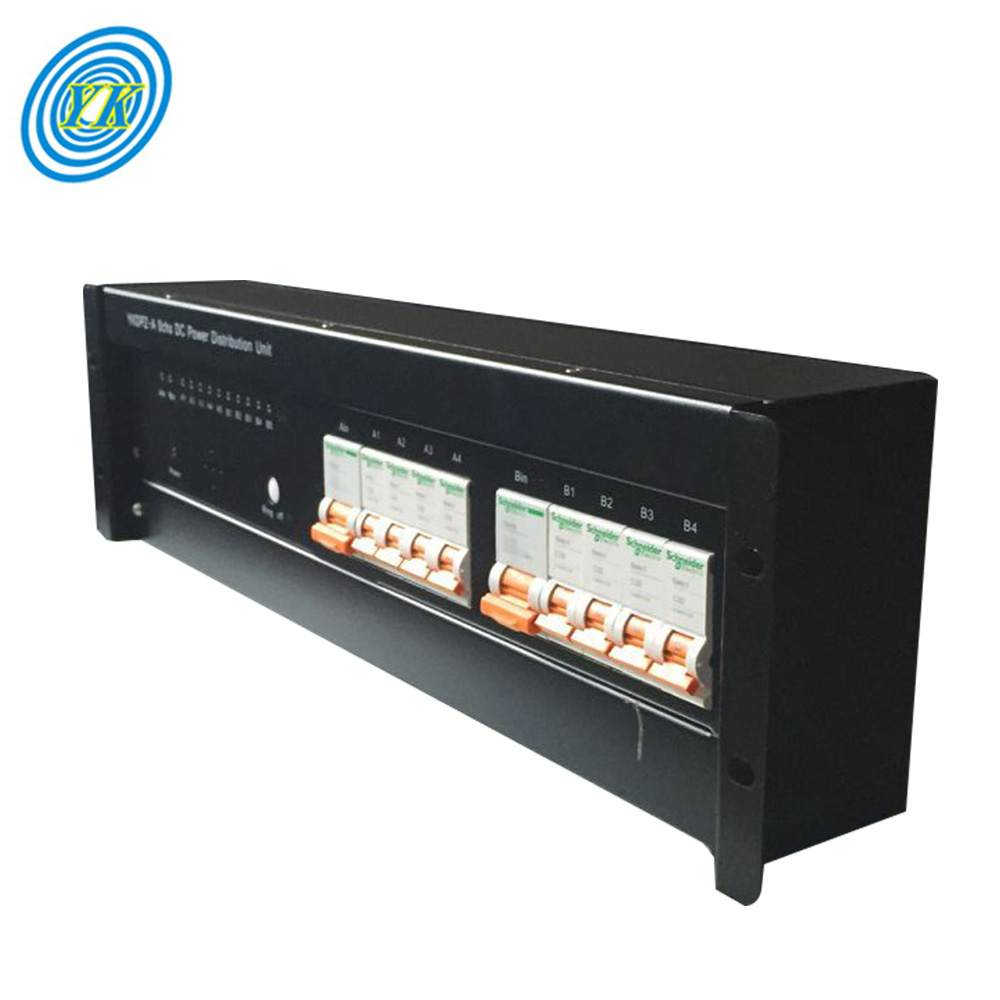
What role does a PDU-Power Distribution Unit play?
Click: 1162 Date: 06/12/2023 3::30::34 PM
Power Distribution Unit (PDU) is a critical component in data centers and networking environments for delivering power to various server and networking equipment.Recently, a team of researchers from the Electrical Engineering department at California State University Sacramento have introduced a novel approach to PDU technology which allows for greater efficiency, reliability, and real-time monitoring capabilities. Their design centers around the integration of digital signal processing (DSP) technology into the PDU, which dramatically transforms its capabilities By leveraging DSP algorithms, the PDU is able to dynamically regulate voltage frequency, and power consumption of the devices it is powering. This not only results in greater energy efficiency, but also ensures that each device receives only the power it requires, without compromising performance.Furthermore, the DSP-powered PDU incorporates advanced monitoring and reporting capabilities, including detailed analytics of real-time power consumption, environmental factors, and energy usage patterns. This provides administrators with a wealth of valuable information, allowing them to optimize power usage and reduce energy costs.Overall, this new approach to PDU design has significant implications for data center and network efficiency while also reducing environmental impact. The team's research has already garnered interest from industry leaders, and future developments in PDU technology are likely to incorporate these novel techniques.
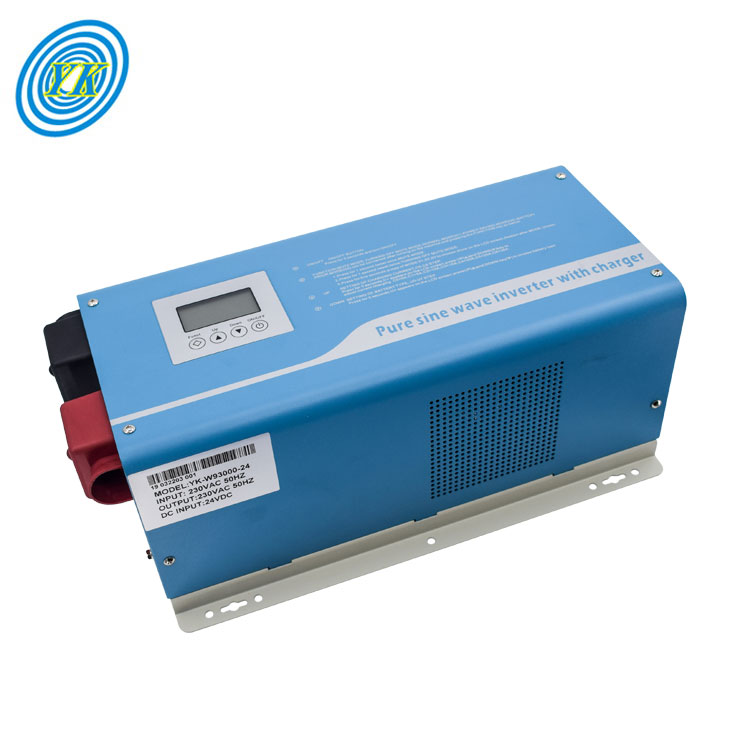
Few points you need to know about inverter with charger
Click: 1138 Date: 06/08/2023 4::18::58 PM
Inverter with charger is a device that converts DC power to AC power and also provides battery charging functionality.It is a versatile tool used in a wide range of applications, including homes, small businesses, and vehicles. The process of an inverter with charger involves the conversion of DC power to AC power through an electronic circuit This circuit uses a series of transformers and capacitors to efficiently switch the DC power to AC power, delivering clean, stable power to connected devices. Additionally the inverter with charger automatically senses when the battery requires charging and provides the necessary power to recharge the battery. Some key features of an inverter with charger include:1. Flexibility: Inverter with chargers come in a variety of sizes and power ratings, making them suitable for a range of applications.2. Energy Efficiency: Inverter with chargers are designed for maximum energy efficiency, reducing power consumption and saving on energy costs.3. Portability: Inverter with chargers are lightweight and compact, making them easy to move around and ideal for use in mobile applications.4. Automatic Protection: Inverter with chargers feature automatic protection against overloads, short-circuitsand over-temperature conditions, safeguarding both the inverter and connected devices. Overall, an inverter with charger is aversatile and efficient device that offers both power conversion and battery charging functionality. Its flexibility energy efficiency, portability, and automatic protection features make it an ideal choice for a variety of applications.
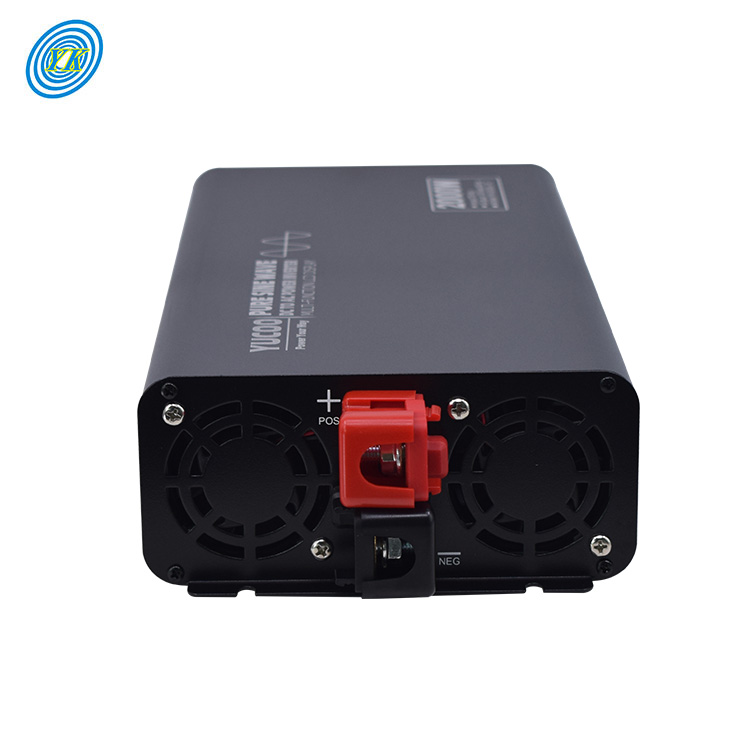
Click: 1342 Date: 06/07/2023 3::57::44 PM
The development of inverters can be traced back to the early 20th century, when electronic equipment was still in its infancy. At the time, inverters were used to convert DC power to AC power, in order to power devices that required Ac power. The first inverters were simple mechanical devices that used a rotating switch to rapidly switch the polarity of the DC voltage, producing an AC waveform. Over time, these mechanical inverters were replaced by electronic inverters, which used a solid-state circuit to produce a high-quality AC waveform. These early electronic inverters were bulky and expensive, and were primarily used in industrial applications, such asmotor control and welding.In the 1970s, the development of power electronics and semiconductors led to the development of modern voltage-source inverters. These inverters were based on pulse width modulation (PWM) technology, which allowed for precise control of the AC output waveform. This made them ideal for a wide range of applications, including renewable energy systems, motor drives and uninterruptible power supplies (UPS).In the 1990s, microcontrollers and digital signal processors(DSPs) became cheap and widely available, leading to the development of advanced digital inverters. These inverters used DSPs to control the PWM waveform, enabling highly precise and efficient control ofthe AC output voltage and frequency. They were adopted in a wide range of applications, including solar power systems, telecom power supplies, and motor drives. Today, the latest generation of inverters use advanced technologies, such as silicon carbide(SiC) and gallium nitride(GaN) semiconductors,to achieve higher efficiency and higher power density. These inverters are used in a wide range of applications, including electric vehicles, renewable energy systems, and data center power supplies. As technology continues to advance, inverters are expected to play an increasingly important role in our modern world.
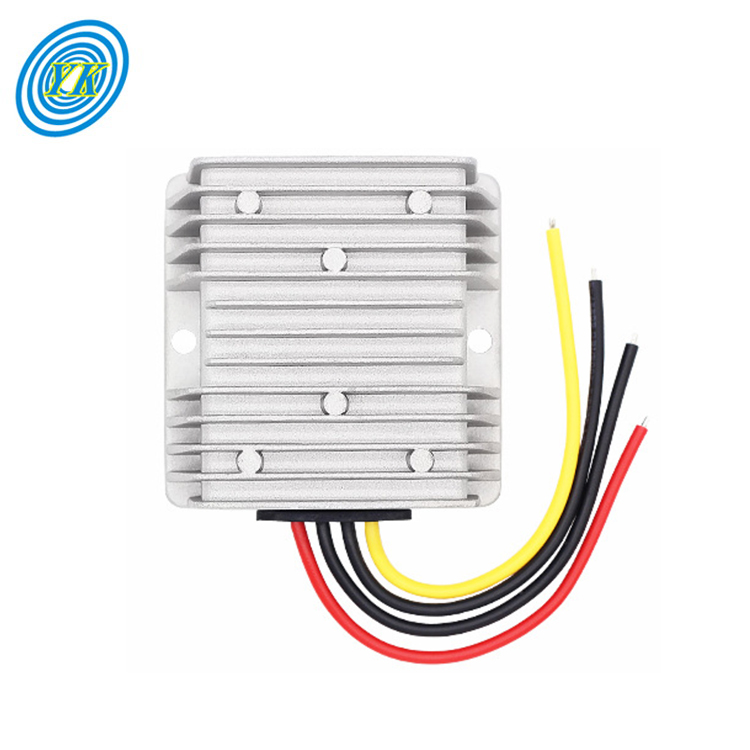
The development history and manufacturing process of dc to dc converter and its application fields
Click: 1305 Date: 06/07/2023 3::42::20 PM
What is a dc to dc converter?The DC to DC converter, also known as a step-up/down converters an electronic device that converts a direct current (DC) voltage level to another DC voltage level. It is widely used in various fields such as power electronics, telecommunications, and automotive industry. With the progress of technology, the DC to DC converter has gone through a long way of development. Here is a brief outline of its history. The first DC to DC converter was invented in the early 20th century which used vacuum tubes as active components. However the device was bulky, inefficient and unreliable. It wasn't until the 1960s that semiconductor-based DC to DC converters began to be developed,which were more efficient, reliable and smaller in size. The application fields of DC to DC converters have also expanded rapidly since then. With the advancement of semiconductor technology the manufacturing process of DC to DC converters has undergone continuous improvement. The application of surface-mount technology (SMT) and high-precision automated manufacturing has greatly improved production efficiency and product reliability. The latest research focuses on the development of new materials and new structures, such as wide-bandgap semiconductors and GaN-based DC to DC converters.The application fields of DC to DC converters include consumer electronics such as laptops and smartphones, which require high efficiency and low power consumption. Telecommunications use DC to DC converters to ensure stable power supply for communication equipment. In the automotive industry DC to DC converters are used to supply power to car audio systems and electronic control units. Solar energy converters also require DC to DO converters to boost the voltage level of the electricity generated. In conclusion, DC to DC converters have a long history of development, from vacuum tubes to semiconductor-based devices, and the manufacturing process has undergone continuous improvement. Their application field has expanded rapidly, covering various fields such as consumer electronics, automobiles and solar energy. With the development of new materials and new structures, the DC to DC converter will continue to evolve and play an increasingly important role in many areas of engineering and technology.
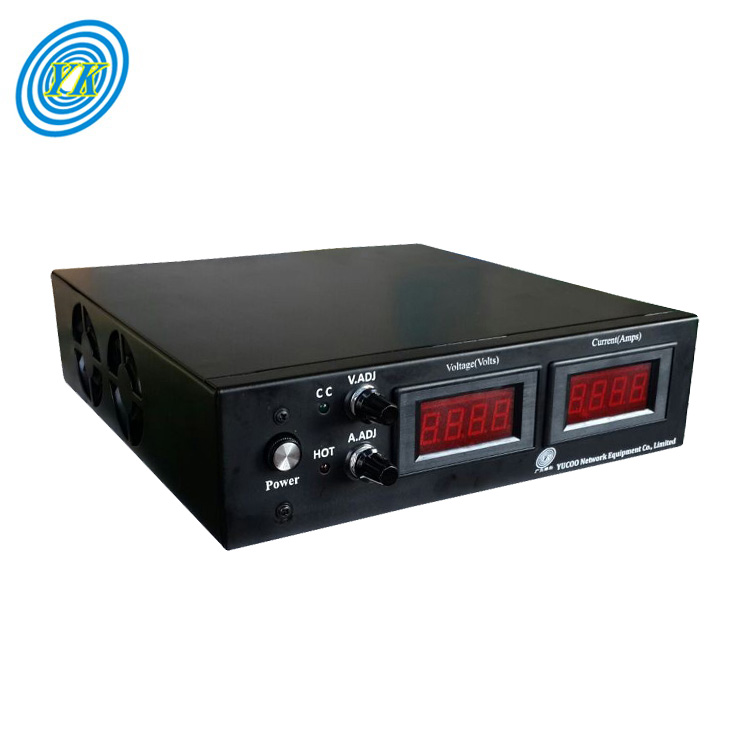
What is adjutable power supply?
Click: 1052 Date: 06/06/2023 11::29::40 AM
Adjustable power supply is widely used in the field of electronics. It is used to provide a constant voltage or current to a circuit. In this article, we will discuss the application and process of adjustable power supply.1. Electronic testing – An adjustable power supply is essential for testing electronic circuits. It allows the user to adjust the voltage and current to match the requirements of the circuit being tested.2. Battery charging – Adjustable power supply can be used to charge batteries. It helps to maintain a constant current and voltage during the charging process.3. Audio equipment – Adjustable power supply is used in audio equipment like amplifiers, mixers, and speakers. It helps to regulate the voltage and current to prevent damage to the equipment.4. LED lighting – Adjustable power supply is also used in LED lighting. It helps to provide a constant voltage and current to the LEDs.The process of building an adjustable power supply includes the following steps:1.Selecting the components - The first step is to select the components required to build an adjustable power supply. The components include a transformer, rectifier, filter capacitor regulator, and load.2. Assembling the components -After selecting the components, the next step is to assemble them together. The transformer is connected to the rectifier which is then connected to the filter capacitor. The regulator is then connected to the filter capacitor and the load.3. Testing - Finally the adjustable power supply is tested to ensure that it is working correctly. The voltage and current are adjusted to match the requirements of the load. Conclusion: In conclusion, adjustable power supply is an essential component in the field of electronics. It is used in various applications like electronic testing. battery charging, audio equipment, and LED lighting. The process of building an adjustable power supply involves selecting the components, assembling them together, and testing them to ensure that they are working correctly.
